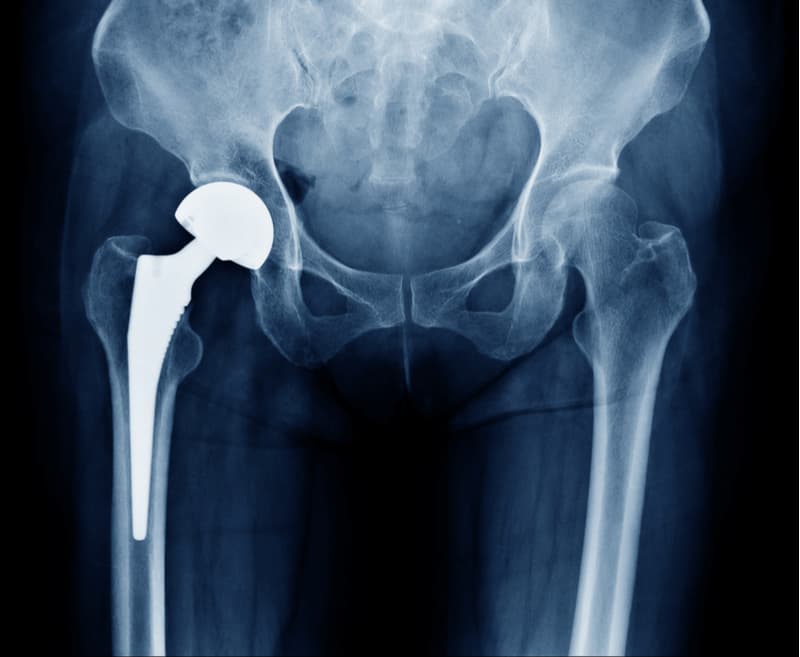By Michael Anderson, Horder Healthcare Chartered Physiotherapist
Simply, a warm-up should prepare the body for exercise. Skipping a warm-up before undertaking a bout of exercise doesn’t necessarily mean that you will become injured; however, the weight of evidence is in favour of a decreased risk of injury.
Your performance may often be enhanced, though, and your body is given the time to produce heat and increase its nutrient supply before engaging in moderate – intense activity.
The type of exercise to be performed should determine the type of warm-up, with the most effective consisting of both general and specific exercises. General exercises may include jogging, general stretching and resistance exercises. Specific exercises include stretches and movements that are appropriate for the particular activity about to be performed.
Plan your warm-up into your exercise routine
WHY? The warm-up is a good time to mentally prepare for an exercise session or event by clearing the mind, increasing focus. Research has indicated that performing a warm-up can increase performance by up to 79%. Scheduling your warm-up into your exercise routine will also encourage you to undertake it each time you exercise.
Begin your warm-up with some light cardiovascular activity
Performing in between 5 and 10 minutes of light cardiovascular activity where the intensity increases gradually (I.e. something that will increase your heart and breathing rate such as light jogging, fast walking, cycling) will increase blood flow to your muscles, delivering needed oxygen and other nutrients. Increased muscle and body temperature should also increase allowing muscles to contract more forcefully, relax more quickly and enhance muscle elasticity. This will prepare the muscles for stretching and reduce the risk of strains or pulls.
Perform dynamic stretches rather than static stretches
Static stretches are performed to stretch muscles when the body is at rest. Dynamic stretching are active movements of muscle that bring forth a stretch but are not held in the end position. As well as being movement/sport specific, dynamic stretching after a period of light cardiovascular exercise has been found to reduce the risk of injury more, in comparison to static stretching. That said, static stretching produces the least amount of tension, and is probably the safest way of increasing flexibility or warming up for certain activities such as yoga and pilates.
Don’t warm-up too early
The effects of a warm-up have been found to last for approximately 30 minutes.
Formulate a warm-up that best suits you, but also your type of activity/sport
The perfect warm-up is a very individual process that can only come with practice, experimentation and experience. Deciding on a warm-up routine depends on the activity you are going to perform and should be specific to the movements and actions that occur during that activity. Temperature is also a factor; if it is cold outside, plan a few extra minutes of time to ready your muscles for activity, as it takes longer to heat your muscles in cold weather.
What makes Horder Healthcare unique
Horder Healthcare is committed to providing the very best quality of care for our patients and customers. We are continuously working on improving and reducing risks and this is reflected in our consistently high CQC results, patient satisfaction questionnaires and minimal levels of infection.
We are a charity
We reinvest our profit to benefit more people and help us achieve our aim of advancing health.






